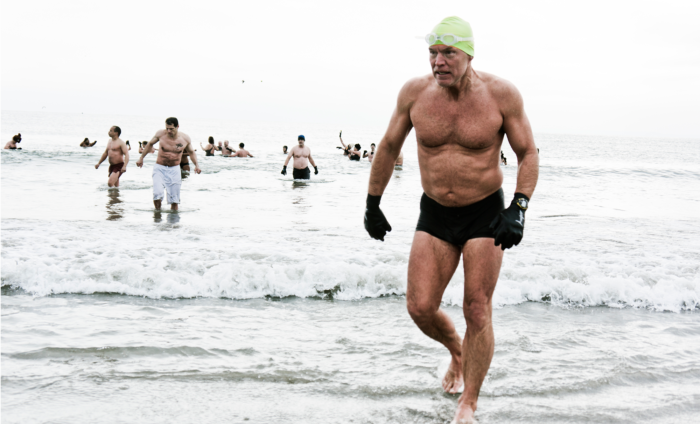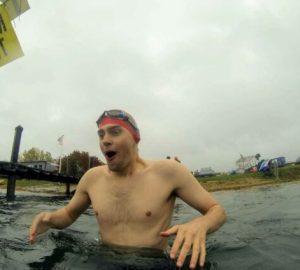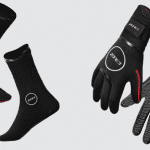
What does hypothermia look like?
We spoke to the experts to prepare this best-practice guide to spotting hypothermia and rewarming cold swimmers when swimming in cool water
If you’re an outdoor swimmer, getting cold is an occupational hazard. Feeling the tingle of cool water across your body is one of the reasons many people prefer to swim outside than in a pool. However, our bodies cool down approximately three to four times quicker in water than air, when both are at the same temperature, which means hypothermia is a danger we need to be aware of and take measures to avoid. We’ve consulted with experts from the RLSS, Portsmouth University and the British Long Distance Swimming Association to provide notes on how to recognise hypothermia and how to rewarm those who do get cold.
The guidance is aimed at swimmers, swim group leaders and event organisers. It is primarily for people swimming without wetsuits, but it’s important to note that a wetsuit does not offer total protection against cold or hypothermia and that wetsuits come in a range of thicknesses. One expert noted that wetsuit swimmers who get too cold often need more assistance than non-wetsuit swimmers, as the latter tend to respond quicker to the cold signals received through their skin and take action sooner.
As a general comment, all swimmers (wetsuit and non-wetsuit) benefit from acclimatisation and experience. It’s good practice to keep a record of water temperatures and the length (ie. time) of your swims as this will give you a better understanding of how your body responds to cold water and what precautions you need to consider. It is often good, fast swimmers, with little experience of cold water, who are at greatest risk.
Hypothermia: the warning signs
While swimming:
- Uncontrollable shivering
- Disorientation, mental faculties slowed
- Slurred speech
- Marked decrease in stroke rate and unexplained switching to another stroke
- Hips and legs start sinking.
- Inability to use hands or clawed hands.
- Inability to answer simple questions coherently.
- Extreme irritability from an otherwise well-behaved swimmer. Remember, someone who is hypothermic may be unable to recognise the symptoms themselves, so many need to be ordered out of the water by a responsible observer.
- Incoherence
- Inability to look after self – for example, can’t or won’t get dressed. It is normal for swimmers to shiver after swimming. It is an essential part of the rewarming process. Shivering is not for wimps. It is a good sing that the body is trying to defend its deep body temperature.
After swimming:
- Disorientation
- Lack of balance
When to seek medical attention:
- If a swimmer is clearly cold and not shivering, or if shivering stops and the swimmer isn’t getting warmer. This is a sign that the body has used all its energy shivering and attempts to replace it with food and drink have failed.
- If swimmer is not fully conscious and alert.
- If the swimmer feels faint or dizzy.
- If there is any suspicion of breathing difficulties.
- If a swimmer clearly isn’t rewarming.
- If you have any doubts.
How rewarming works
Swimmers usually feel great for a minute or two after leaving the water. They should use this time to dry and dress. The body continues to cool whilst there are cool tissues conducting heat to the deep body. Once warm clothes are put on, we will start rewarming, but from the outside of the body inwards. This process produces a ‘warm front’ that slowly travels through the body, gradually warming the layers of tissue. Once the ‘warm front’ reaches the deep body then deep body temperature will start to rise. Cooling can continue for 20-30 minutes after you have swum as the deep body tissues will still be cool and full rewarming can take an hour or two depending on the swimmer’s physiology, their clothing and the ability to shelter from the conditions.







